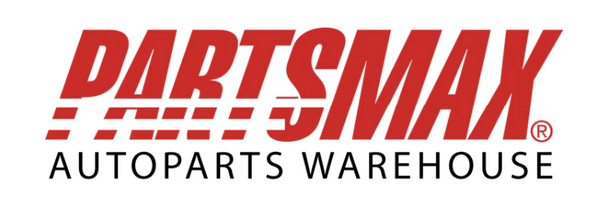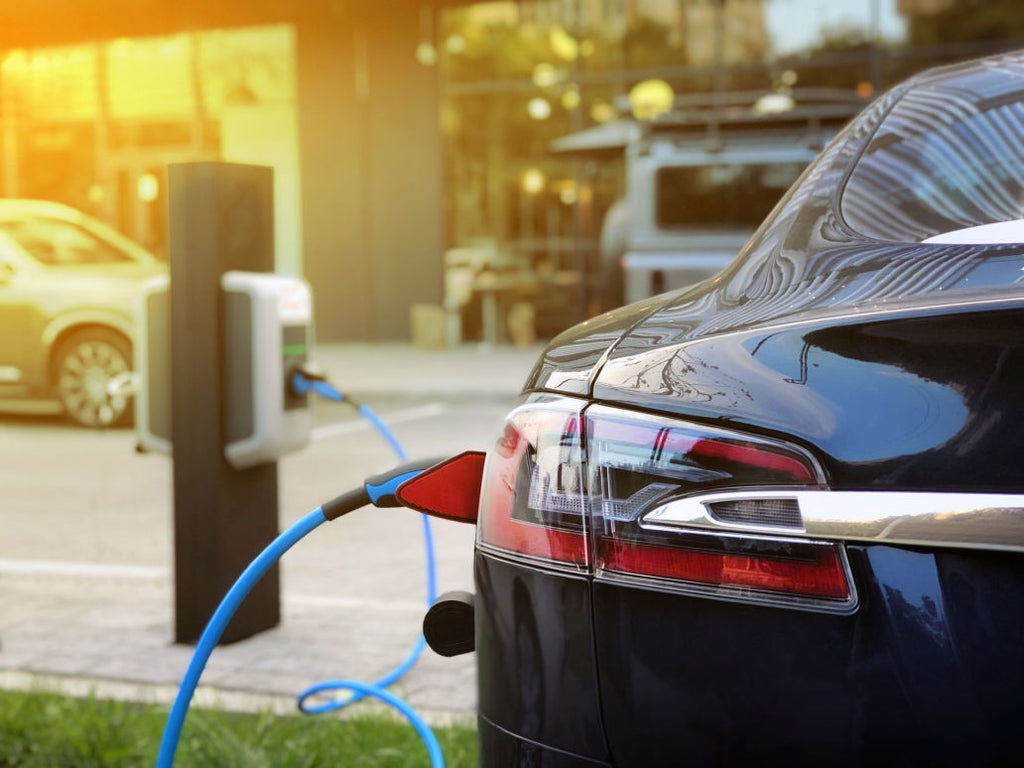The Future of Electric Cars: Trends and Predictions
The market for electric cars has experienced incredibly fast growth in recent years, and further growth is expected over the next decade. Various factors continue to contribute to the rapid adoption of electric vehicles (EVs), including consumer interest in EVs, increased demand for low-emission commuting, buy-in from the automotive industry, improved EV technology, and supportive government policies.
Overall, the EV sector is expected to play a key role in the direction the automotive industry takes in 2023 and beyond. Below is an overview of electric vehicle trends to look forward to and predictions on how the growing EV sector will take shape in the near future.
AUTONOMOUS DRIVING
Over the past few years, improvements to autonomous vehicle technologies, including HD cameras, lidar, radar, artificial intelligence, and machine learning have propelled “self-driving cars” to the verge of market readiness. EVs are the main early adopters of these disruptive technologies. The SAE levels of driving automation [https://www.sae.org/blog/sae-j3016-update] , ranging from 0 (no driving automation) to 5 (full driving automation), are the industry’s most-cited driving automation guidelines.Today, new electric car models come with level 2 functionality options. The EV industry is ready for level 3 functionality with only regulatory hurdles standing in the way. In 2022, level 4 autonomy was commercialized when Cruise and Baidu introduced initial “robo-taxi” services in the US and China respectively.
Tesla’s full self-driving (FSD) feature is currently undergoing beta testing and may be fully commercialized in 2023. Overall, once regulatory hurdles are cleared, autonomous EVs are expected to massively disrupt and transform the auto market over the next decade.
PLUG AND CHARGE, AND OTHER EV CHARGING SOLUTIONS
The adoption of the Plug and Charge standard is an important EV trend to look out for in 2023 and beyond. While EV charging infrastructure is more robust than ever today, charging electric vehicles is still not painless. One of the emerging EV charging solutions is Plug and Charge, an EV technology standard that facilities a secure and seamless connection between a charging station and the EV.
Plug and Charge allows you to simply plug your EV into a charging station without requiring a separate authentication process. Tesla and BMW have already adopted the Plug and Charge standard, which is set to become more prevalent in the coming years. There’s still some way to go before all EV chargers are compatible with the standard.
However, once the adoption of Plug and Charge is widely realized, it will be a lot easier for EV owners to charge their vehicles at home or work. Other EV charging trends to expect include Vehicle-to-Grid (V2G) technology, smart EV charging, adoption of Open Charge Point Protocol, and EV Roaming.

IMPROVEMENTS IN BATTERY TECHNOLOGY
EV battery technology has improved significantly in recent years. Today, what was once an obstacle to the adoption of EVs is set to be highly relevant in the sector’s future. For example, advanced Li-ion battery cells and packs Li-ion batteries feature improved cell design factors including anodes, cathodes, energy density, and materials.
The adoption of advanced Li-ion technology vastly improves EV battery performance, efficiency and EV range. AI and Internet of Things (IoT) are increasingly being leveraged to improve battery management systems via advanced monitoring and control. Technological innovations are also occurring at the battery pack levels.
There is a general trend towards non-modular cell-to-pack designs and bigger cell form factors that reduce the connections, cables, and busbars. Such improvements are set to improve the capacities, charging times, efficiency, and reliability of EV batteries. According to a recent report by IDTechEx, battery cells with 400Wh capacities will become mainstream by 2030.
Solid-state battery technology is the next expected big step in EV battery evolution, with various automakers and even NASA investing in its development. Solid-state batteries don’t contain liquid components and have significantly higher energy capacities and durability compared to current EV batteries.
ELECTRIC VEHICLE FORECASTS AND PREDICTIONS
Many forecasts for the electric vehicle sector paint a positive picture with expectations of accelerated adoption. Electric vehicle sales statistics back these sentiments. According to the International Energy Agency, electric cars represented [https://www.iea.org/data-and-statistics/data-tools/global-ev-data-explorer] 4.6 percent of total car sales in the United States in 2021, up from 0.2 percent back in 2011.Electric vehicle growth projections from S&P Global Mobility predict that by 2030, electric vehicles could make up to 40 percent of total passenger car sales. Other projections are even more optimistic predicting that electric vehicle sales to surpass the 50 percent mark by 2030.
Increased adoption of EVs will also impact the EV charging solutions market. A recent report [https://www.grandviewresearch.com/industry-analysis/electric-vehicle-charger-and-charging-station-market] by Grand View Research predicts that the market may reach $217 billion y 2030, with a compound annual growth rate of 30 percent.
The demand for EVs has grown considerably over the past years mainly due to environmental concerns, more availability of models, and cost competitiveness with gas-powered vehicles. These factors are expected to drive increased EV adoption over the next decade, with improved EV technology and government incentives further supporting the trends.
Are you an EV adopter or fuel-powered vehicle owner in need of top-quality aftermarket auto parts and accessories? Partsmax Auto Parts and Accessories is the largest auto parts warehouse in Florida. Feel free to browse a wide range of competitively-priced products for your vehicle from our amazing catalogs or pop in at our retail store in Florida, which has been serving the community for over 20 years.


